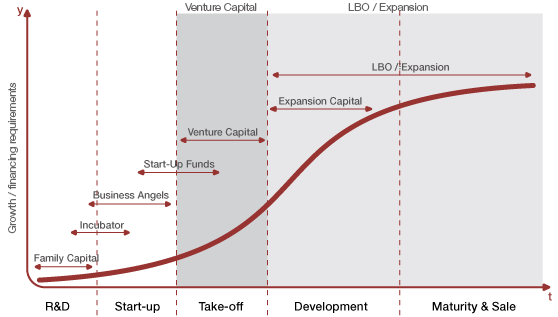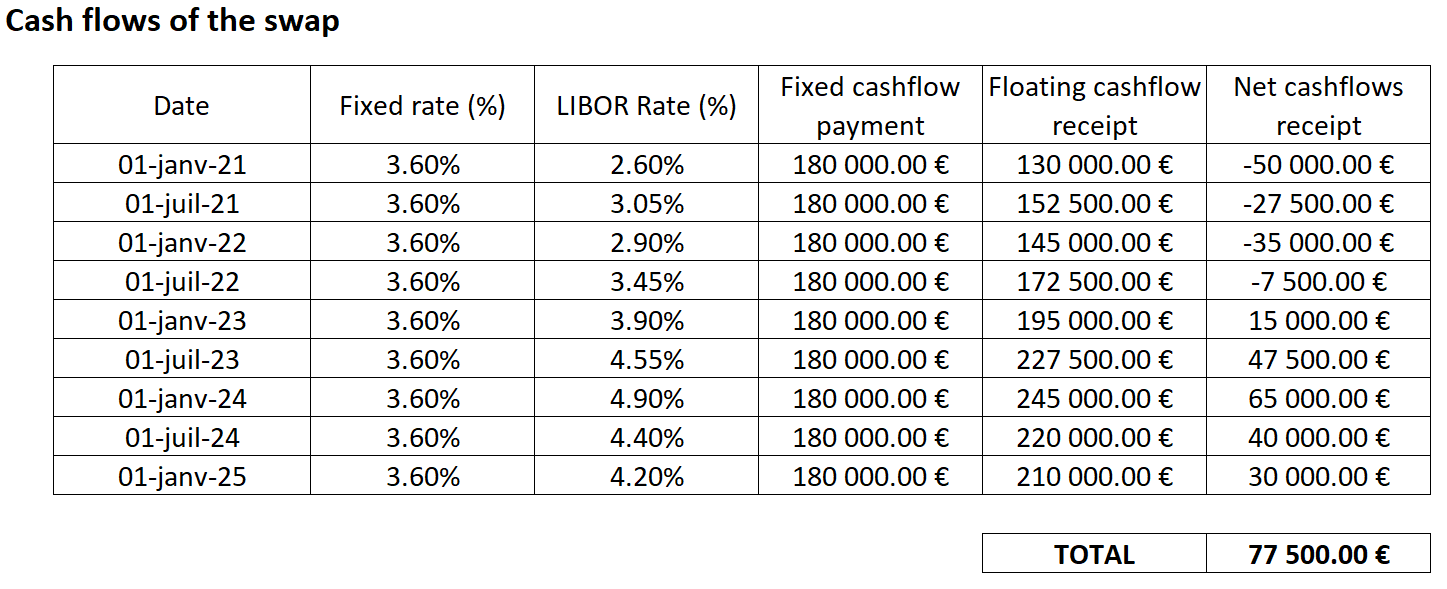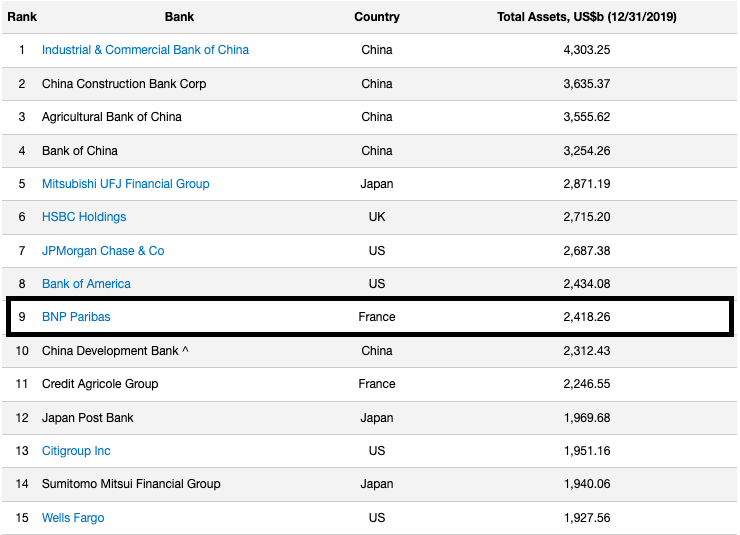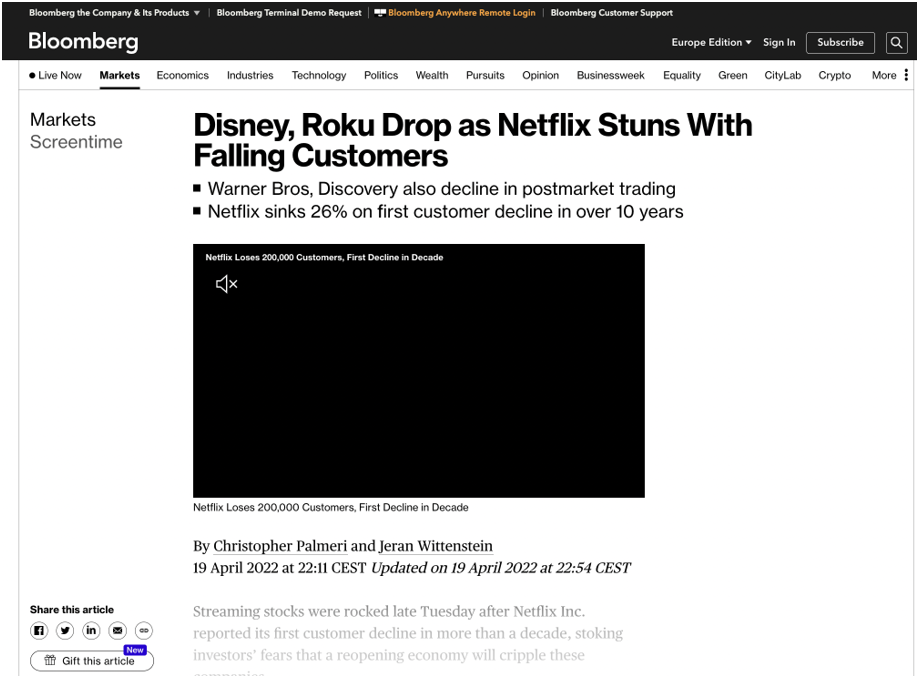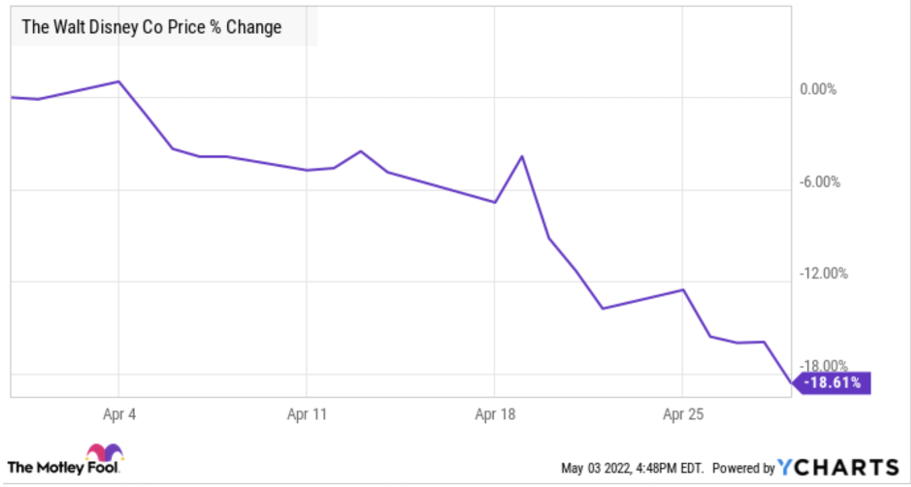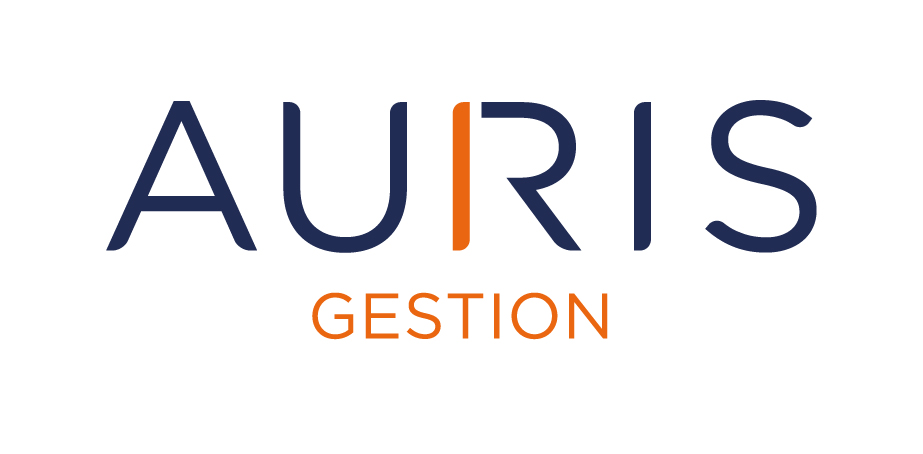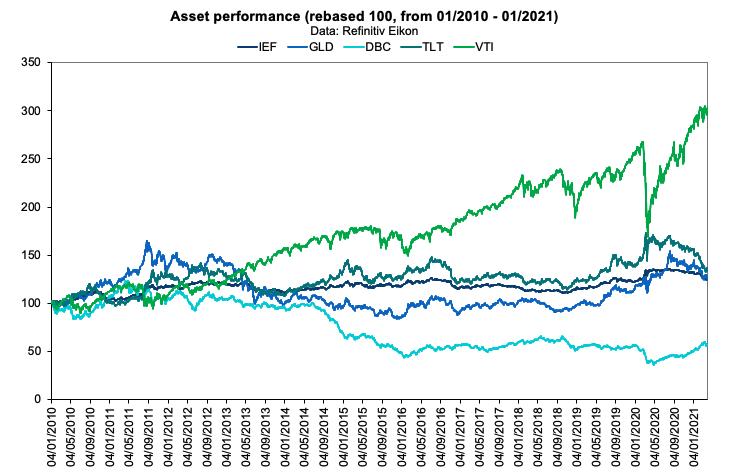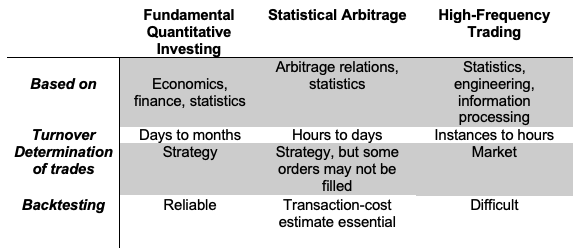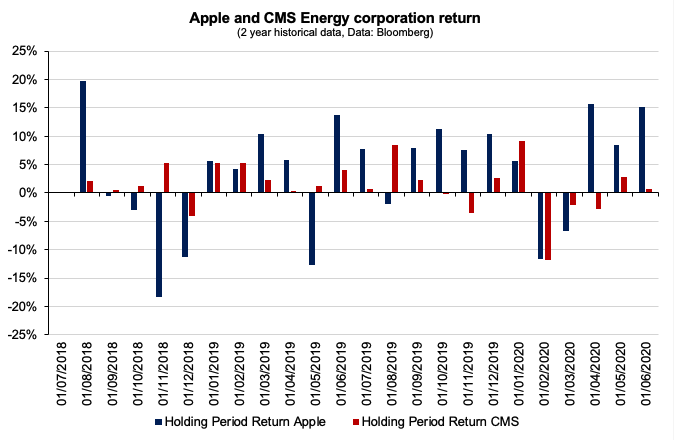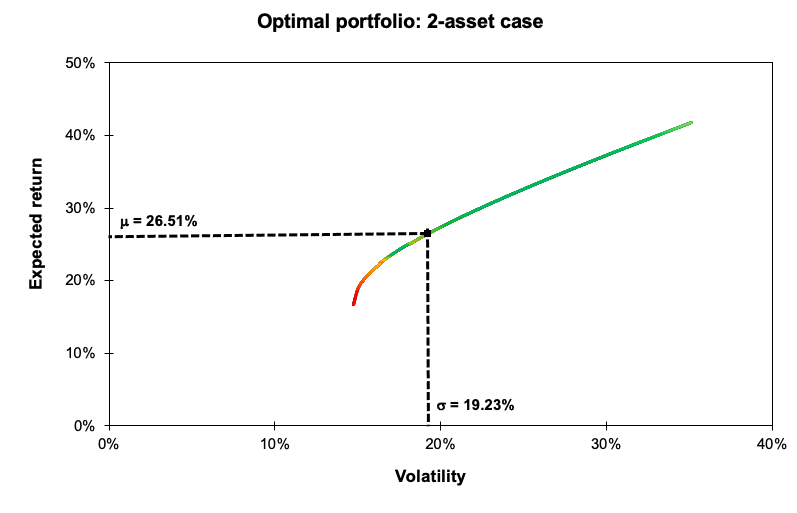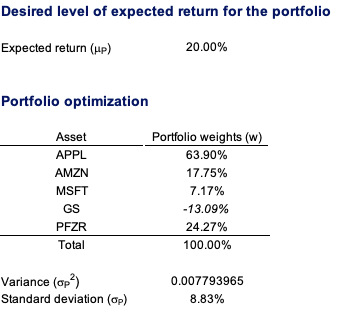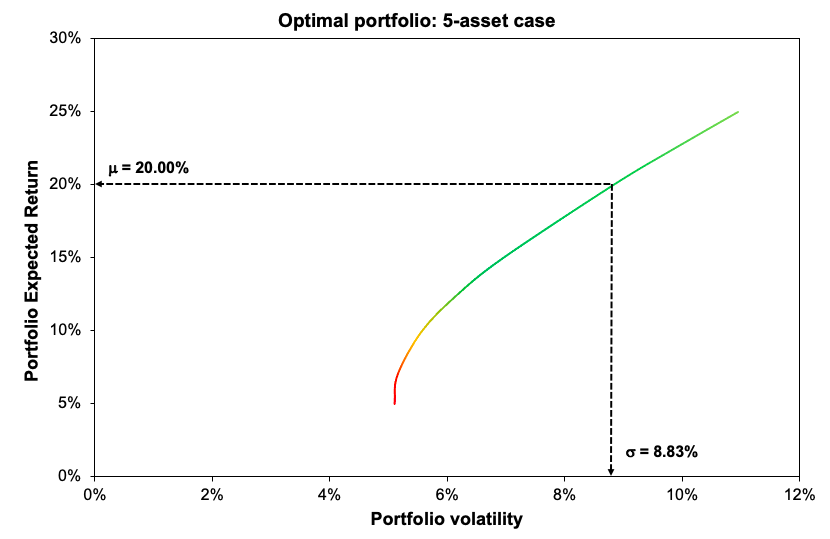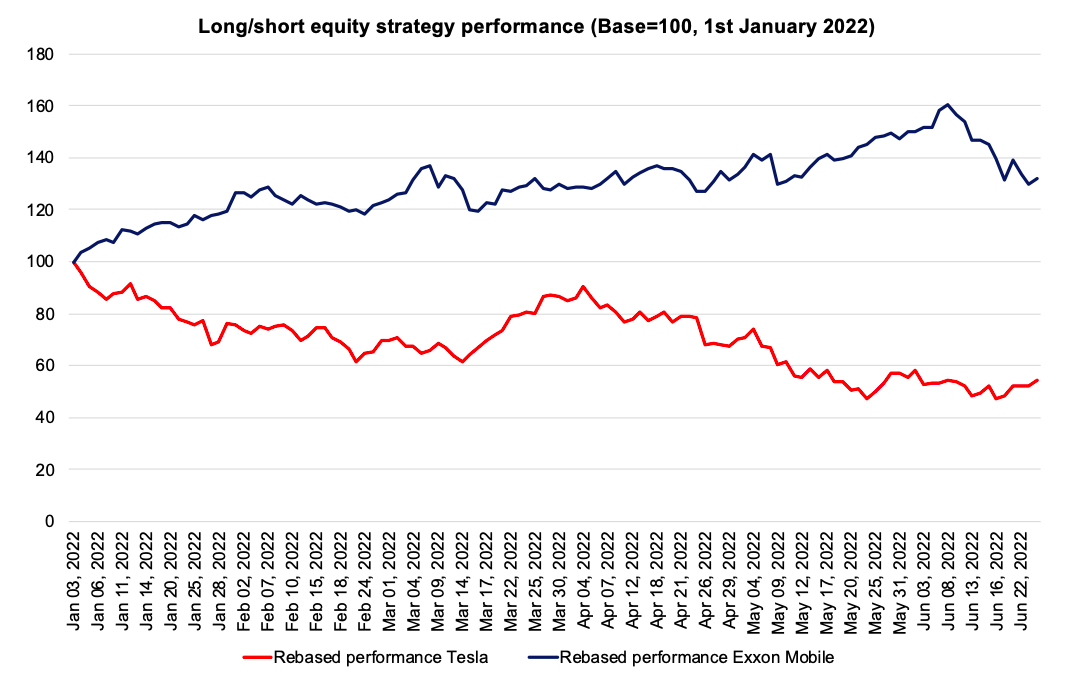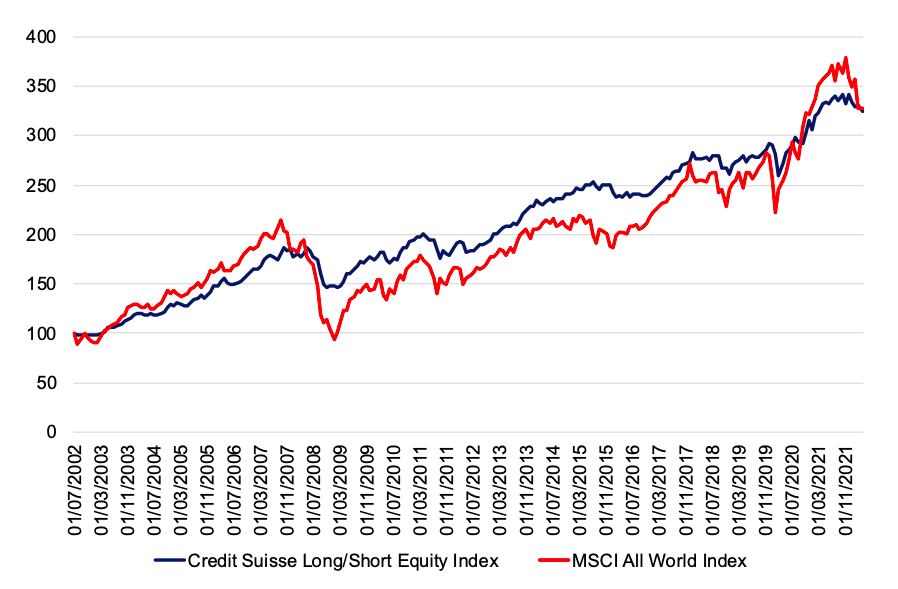My personal experience in finance via the yachting industry
In this article, Evan CHAISSON (ESSEC Business School, Master in Strategy & Management of International Business (SMIB), 2022-2023) shares his professional experience as in intern in the yachting industry.
About the company
During my first six-month internship I worked for SuperYachtsMonaco. As the name suggests, this company is focused on the yachting industry and is located in Monaco. Founded in 2008, this company has a long history of providing clients with consistent service and top-of-the-line yachts throughout the globe.
Logo of the SuperYachtsMonaco.

Source: SuperYachtsMonaco.
While interning there, I worked for the Charter department. For those who are not familiar, chartering is when the client wishes to rent a yacht and also have a complete catering service accompanying them on their stay. In other words, chartering a yacht is like renting a hotel on a boat with all the personnel that one might need. Typically, clients will charter a yacht for 1-2 weeks and will set sail on a pre-determined itinerary. An average charter experience involves approximately 10 clients on the same yacht.
My internship
As part of the charter department, my primary mission was to prepare the department’s annual brochure. This is the charter catalogue that new clients will consult before contacting SuperYachtsMonaco and entering more detailed negotiations. Therefore, it was of the utmost importance that the brochure present the yachts in an enticing way and leave potential clients with a good impression of the company. In order to achieve this, I had to create the brochure’s theme and properly organize its layout and photo selection. I also had to write copy for each yacht so as to present the vessel’s most appealing aspects while staying concise.
Additionally, I had to prepare travel itinerary presentations based on itineraries desired by clients. Starting with a simple list of places that were to be visited, this task involved looking up these locations, finding places of interest and then writing copy. One last task I had was to help create the company’s monthly newsletter. This involved writing articles on various yachting-related topics.
Required skills and knowledge
The primary skill that I needed was copy writing. Indeed, I spent a considerable amount of time writing text with a specific target client in mind. This meant that I needed to adapt my writing style every time that the audience changed. Another skill that I needed was the ability to multitask. Aside from my main missions that I previously listed, I also had to accomplish a series of smaller tasks that, in the moment, were just as important as the larger ones. Therefore, it quickly became evident that I would need to find a good balance between the two types of tasks, otherwise I would fall behind on some of them.
What I learned
Overall, I learned the importance of soft skills and, above all, the proper way to interact with colleagues and manage their expectations. Indeed, it was easy to get along with all of my colleagues at the office if the relationship focused on topic external to work. However, it became challenging when I had to interact with these same people in the context of work, especially when these same people were giving me tasks to complete. For instance, my internship mentor initially told me to be open with my colleagues and be direct with them when I did not have the time to help them. Yet when I did this same thing, I was later reprimanded. This is when I learned that I had to read between the lines of what I was being said and communicate accordingly without refusing a task being assigned to me.
Financial concepts related my internship
Given the department that I worked in, I had little to no interaction with anything related to finance. What’s more, this is my work experience during which I came the closest to the world of finance. This is why I can only list one financial concept related to my internship, which is a cost-benefit analysis. One of my missions as an intern was to check an international yachting database for yachts that had recently decreased in price and conduct a cost-benefit analysis to evaluate different options for purchasing or maintaining a yacht. For example. To this end, I had to compare the costs and benefits of buying a new yacht versus a used one and weigh the costs of various maintenance or repair options against the potential benefits of purchasing the yacht in good condition. My findings were then directly reported to the company’s CEO.
Why should I be interested in this post?
A student wishing to enter the world of finance after graduating might find my blog post as useful insight. The first reason is because it provides them with an insight into the yachting industry from the perspective of an intern, which is a position they would likely find themselves in. Even if I had scant experience in finance during my internship.
Aside from this aspect, my hope is that this post will make other students curious to learn more about the yachting industry, as there is immense potential for any student wishing to delve into finance. For instance, I can attest from personal experience that the yachting industry is resplendent with high-net-worth individuals. So, it is easier to find opportunities for students to work with clients who have substantial financial assets and require specialized financial services. It is also a global industry that involves clients from around the world, so, say, a French student wishing to open themselves to the rest of the world might find that the yachting industry to be the perfect opportunity to do so.
Useful resources
Related posts on the SimTrade blog
▶ All posts about professional experience
▶ Emma LAFARGUE Mon expérience en contrôle de gestion chez Chanel
▶ Mon expérience de contrôleuse de gestion chez Edgar Suites
About the author
The article was written in March 2023 by Evan CHAISSON (ESSEC Business School, Master in Strategy & Management of International Business (SMIB), 2022-2023).



